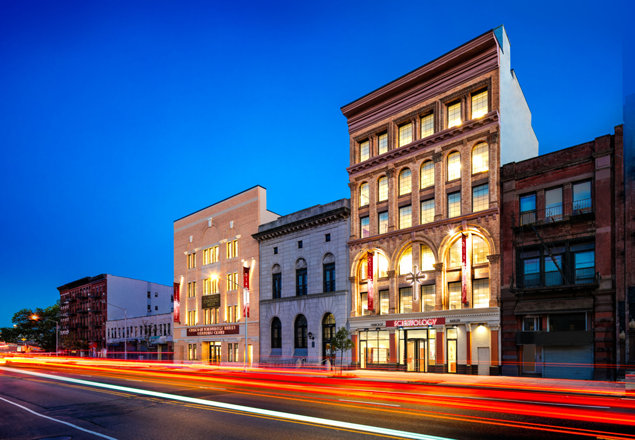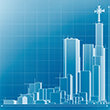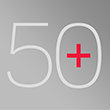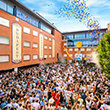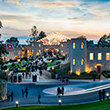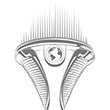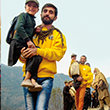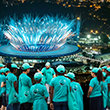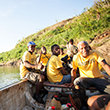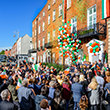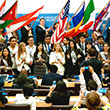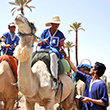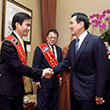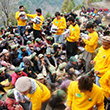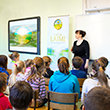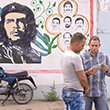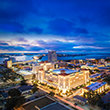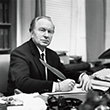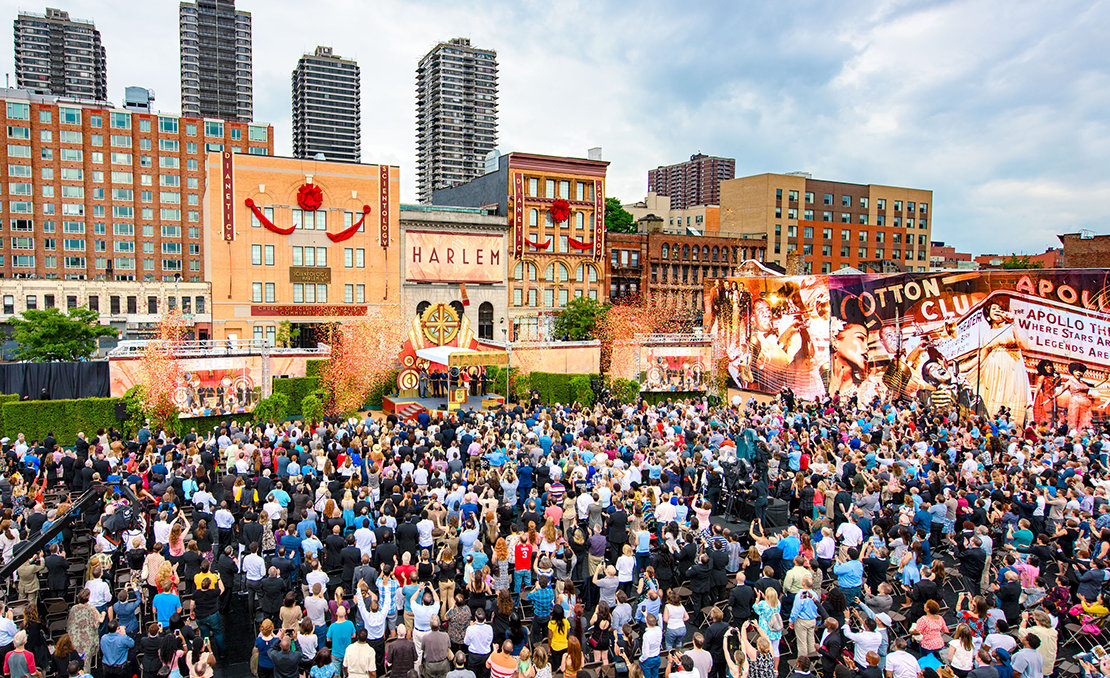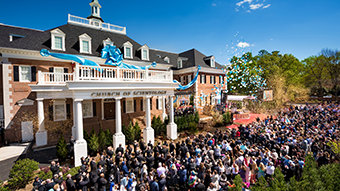Harlem is … so much. For many people who had to push aside barriers to scramble inside the American Dream, Harlem was just about everything, good and bad, but always with soul and rhythm. Langston Hughes, the poet-saint of the 1930s Harlem Renaissance, captured the spirit there: “You’ll hear their feet / Beating out and beating out a— / You think / It’s a happy beat?”
There was a happy beat in Harlem on the last day of July 2016. Scientology, the religion of uplifting spirits and rebuilding societies, was busy opening two new buildings, a Church and a Community Center in the heart of Spanish Harlem. Finely renovated and decked out—not just to be beautiful, but so that everyone in Harlem, all races and all religions, can have a gathering place—a headquarters, if you will—to turn around the awful slide of civilization.
One larger than life pillar of Harlem’s rebirth, the Rev. Johnny Ray Youngblood—himself a preacher’s preacher at the venerable Mount Pisgah Baptist Church and a true friend of the Church of Scientology—told people what to expect from this new Church and Community Center: “Scientologists seek to help people whose faces they’ve never seen, whose eyes they may never look into and whose names they will never know. … And so behold this [Church] that has blossomed before us. May it be a mighty lighthouse for the people of Harlem.”
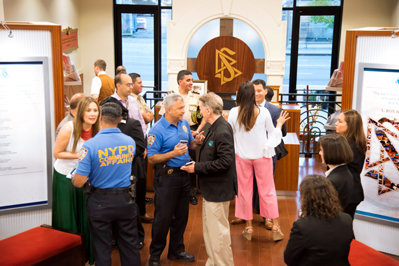
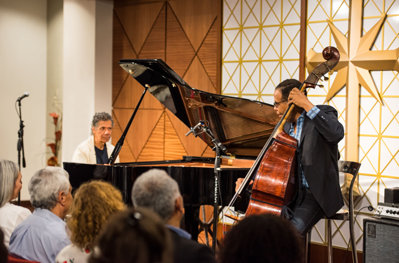
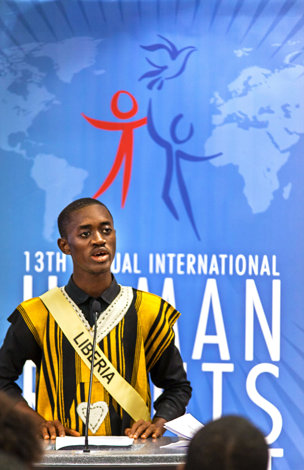
Summoning Scientologists and friends to nothing less than a crusade to stop the corruption and collapse of society, Scientology leader David Miscavige invoked the words of Founder L. Ron Hubbard, who lived in New York City in the 1930s and returned to conduct sociological research in the mid 1970s: “This is when and where LRH refined his technologies for human salvage, and of which he wrote, ‘Many answers of Life are here—and they are there for Man to use.’ And that is what our new Community Center represents. Not just an offer of help, but rather, our right and our obligation to help.”
The 66,500-square-foot Harlem Church has the precise design for ensuring an efficient flow through the facility’s religious and study areas. Visitors are greeted at a Public Information Center, which displays in video and text the religion’s beliefs and action-oriented programs, as well as the biography of Mr. Hubbard. The Community Center boasts boardrooms, conversation areas, classrooms and a café.
From the moment the ribbon dropped, opening the Church and Center, there has been a constant, insistent drumbeat of action. U.S. Representative Charles Rangel entered an official proclamation into the Congressional Record, declaring opening day, July 31st, 2016, as Scientology Day in Harlem.
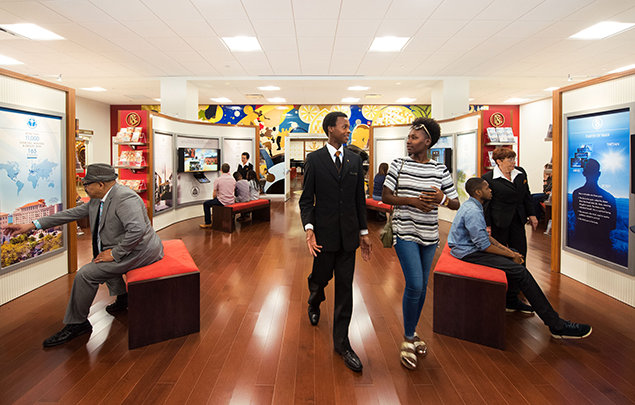

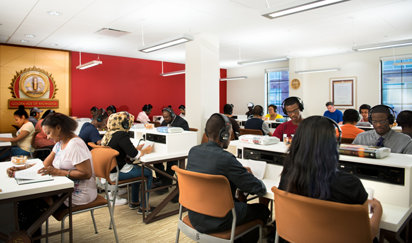
Among the first to join in outreach from the vibrant new Church were Pastor Mary White, who brought her Christian congregation in for Sunday Services, and Reverend Susana Bastarrica, founder of The Vigil 4 Peace & Ecology, who brought the community together to celebrate the International Day of Peace.
The outreach extended to the arts, when a mariachi band from Spanish Harlem took over the Community Center’s common area for rehearsal. Soon thereafter, in an event marked by a large and diverse community turnout, the entertainer Rappin’ Tate brought his “Hip Hop to Hip Hope” to 125th Street.
Human rights summits; anti-drug campaigns; spreading the word about psychiatric abuses; celebrating Harlem’s jazz legacy—all these and more have figured into a very first few months of existence for Harlem’s Ideal Church and Community Center. Record numbers of people are involved in Scientology spiritual services and courses, crowds of kids are building lives at the Community Center’s tutoring classrooms.
Harlem’s new Ideal Church and Community Center have provided the spark to reignite this proud, historical neighborhood that has spent too long in decline. As Mr. Miscavige said at the grand opening, “All you have to do is press your ear to the ground, and hear it reverberating over and over:
“Harlem!
“Harlem!
“Harlem!”
